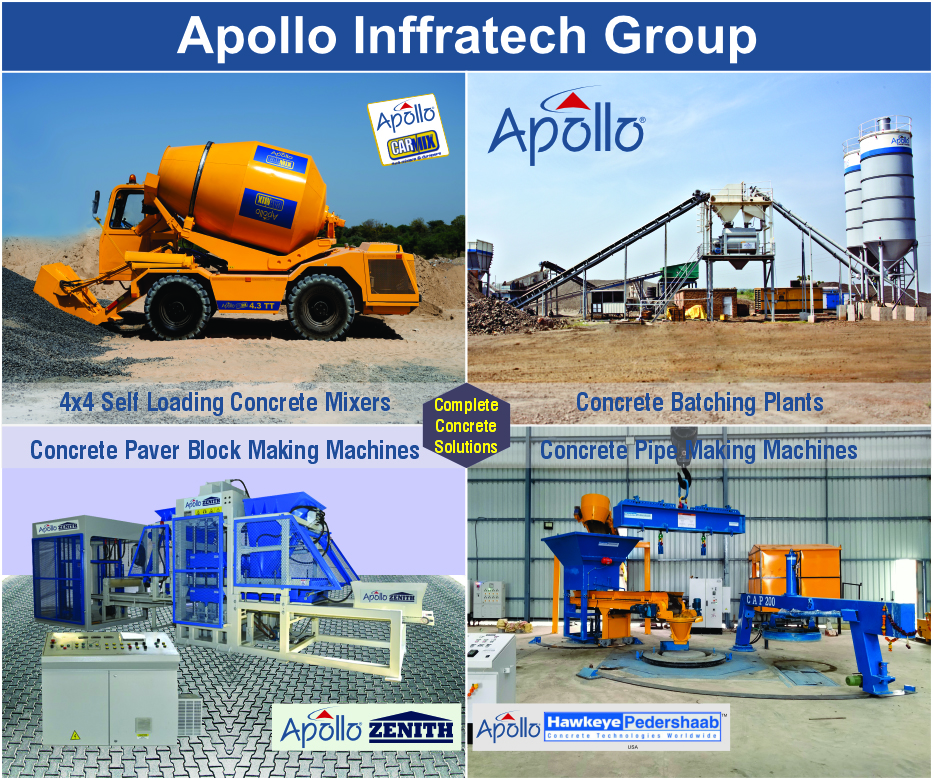Ayodhya is quickly becoming one of the strongest examples of how construction and infrastructure can change the future of a city. After the temple construction, the government and private developers have invested heavily in new projects that are improving daily life and supporting Uttar Pradesh’s economic growth.
The city has seen fast upgrades in roads, bridges, railways and public spaces. The improvement of the railway station, the development of wider roads and the expansion of the airport have made travel smoother for both tourists and local people. These projects have not only improved connectivity but also created thousands of jobs for engineers, labourers, planners and small contractors.
Real estate activity in Ayodhya has also increased. New hotels, guest houses, shopping areas and townships are being planned and built. These construction projects are giving local workers steady income and helping businesses grow. With more tourists visiting the city, the demand for better infrastructure continues to rise, which encourages even more development.
Ayodhya shows how strong infrastructure can become the backbone of economic progress. When roads, transport and public facilities improve, opportunities open up for everyone. The city is growing in a balanced way, modern projects are coming up, but the culture and heritage are still being protected.
Ayodhya’s construction boom is not just about buildings. It is about creating a city that can support future growth, welcome more visitors and give residents a better quality of life. It stands as a powerful example of how planned development can lead to long-term prosperity.








